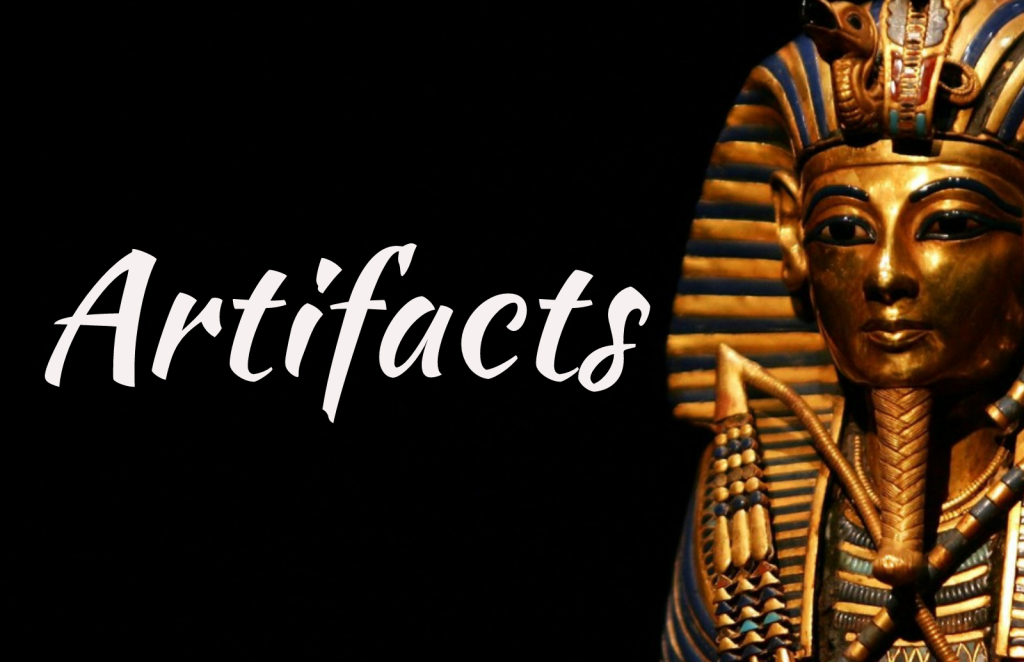
The treasures of ancient Egypt, preserved through millennia, offer us a glimpse into a civilization that flourished along the banks of the Nile River. Through the artifacts they left behind, we can unravel the mysteries of their daily lives, religious beliefs, and cultural practices. Join us on a journey through time as we explore some of the most captivating and significant ancient Egyptian artifacts, each a portal to a world long gone yet vividly alive in the relics they left behind.
1. The Rosetta Stone
One of the most famous artifacts from ancient Egypt, the Rosetta Stone, is a linguistic key that unlocked the door to understanding Egyptian hieroglyphs. Discovered in 1799, this inscribed stone slab features a decree issued in 196 BCE, written in three scripts: Greek, hieroglyphs, and demotic (a script used for everyday writing). The decipherment of hieroglyphs allowed us to access the rich textual history of Egypt and gain insights into their literature, religion, and administration.
2. The Great Sphinx of Giza
Silently guarding the Giza Plateau for thousands of years, the Great Sphinx stands as a monumental testament to the ingenuity and craftsmanship of ancient Egyptians. Carved from a single limestone block, this colossal creature with the body of a lion and the head of a pharaoh is shrouded in mystery and symbolism, representing kingship, protection, and the potent link between the ruler and the divine.
3. Tutankhamun’s Funerary Mask
The dazzling funerary mask of King Tutankhamun, adorned with gold, precious stones, and intricate detailing, remains one of the most iconic artifacts from ancient Egypt. The mask adorned the mummy of the young pharaoh and symbolized his journey to the afterlife. It captures the craftsmanship, wealth, and religious beliefs of the time, offering a glimpse into the reverence bestowed upon Egypt’s rulers.
4. The Book of the Dead Papyri
A collection of spells, incantations, and illustrations, the Book of the Dead papyri were vital companions for the deceased on their journey through the afterlife. These beautifully illustrated scrolls depicted the challenges and opportunities the deceased would encounter, serving as a guide to ensure their safe passage and ultimate judgment in the divine realm.
5. The Narmer Palette
Dated around 3100 BCE, the Narmer Palette is a significant artifact that marks the unification of Upper and Lower Egypt under King Narmer’s rule. This ceremonial stone slab features intricate carvings illustrating Narmer’s prowess, his role as a divine ruler, and the symbolic importance of unifying the two regions. The palette provides a rare glimpse into the early stages of Egyptian civilization and the emergence of pharaonic authority.
6. The Canopic Jars
An integral part of the mummification process, canopic jars were used to store and protect the organs of the deceased. Each jar was associated with a specific deity and represented one of the four cardinal points. These exquisitely crafted vessels, adorned with the heads of protective deities, reflect the meticulous care taken to ensure the preservation of the deceased’s body for the afterlife.

